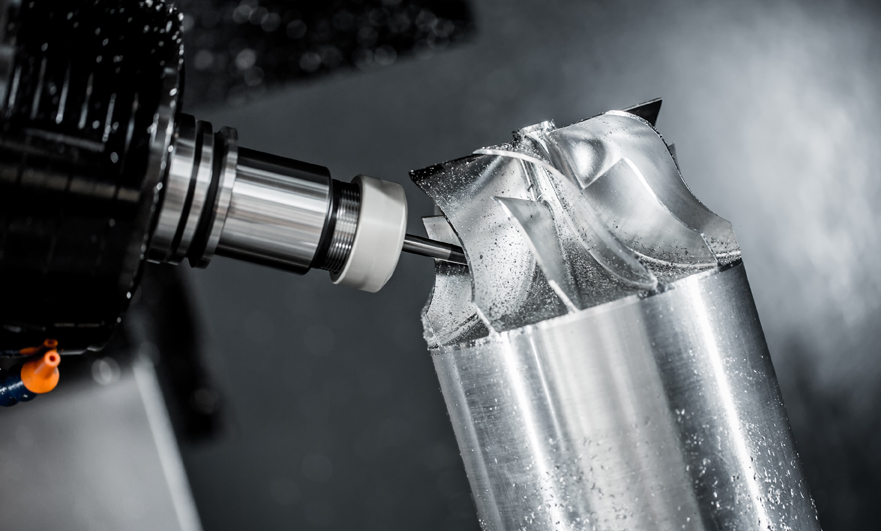15 years one-stop China custom CNC machining parts factory

Hey there I’m VMT Sam!
With 25 years of CNC machining experience we are committed to helping clients overcome 10000 complex part-processing challenges all to contribute to a better life through intelligent manufacturing. Contact us now
 463 |
Published by VMT at Sep 30 2021
463 |
Published by VMT at Sep 30 2021
In the machining of CNC lathe parts, whether the straightness meets the required specifications is an important number. What is straightness? How to measure straightness? This article describes the knowledge of straightness, including definition, measurement, and how to express knowledge.
What is straightness?
Straightness is a form tolerance introduced in GD&T, which is used to indicate that the linear elements on the CNC lathe parts maintain an ideal straight line state, which is commonly referred to as the degree of straightness. Straightness tolerance is the maximum amount of variation allowed by the actual line to the ideal straight line, and there is no benchmark requirement. The standard form of straightness is used to ensure uniform two-dimensional tolerances on the surface of CNC lathe parts, as well as the axis straightness used to control the central axis of the part.

How to measure straightness?
1. Use a coordinate measuring machine (CMM) to measure straightness, as long as the operator gently places the stylus on the object to be measured. CMM machines can also be used to measure CNC lathe parts that cannot be leveled (altimeters cannot do this).
2. Use the gauge along the straight line to check the straightness of the straight line along the surface by measuring the height change. Make sure that the measured object is fixed so that the left and right heights are uniform. The difference between the maximum and minimum is straightness.
Surface straightness: The parts of the CNC lathe are fixed, and the gauge is measured along a straight line. Measuring the change in height can see the straightness of the straight line along the surface.
Axis line straightness: In order to ensure that the CNC lathe parts or features are straight in the axial direction, a cylindrical measuring tool is used to determine whether the CNC lathe parts are within the total envelope of the maximum solid state. This controls both the diameter and the straightness of the shaft.
Comparing these two measurement methods, the coordinate measuring machine is more versatile and more accurate. Although it should cost a lot of money and there are more restrictions on the use of an altimeter, it is much cheaper.
Summarize
Straightness actually has two different functions in GD&T, depending on how it is called. One is to control the tolerance in the form of lines on a surface or feature as a straightness of the surface. The other is the straightness of the axis line, which controls the number of curves allowed on the axis of the CNC lathe part. Usually the maximum entity requirement is included when called.
Ready To Start Your Next Project?
Get Instant Quote

Request a Free Quote
Send us a message if you have any questions or request a quote. We will get back to you ASAP!